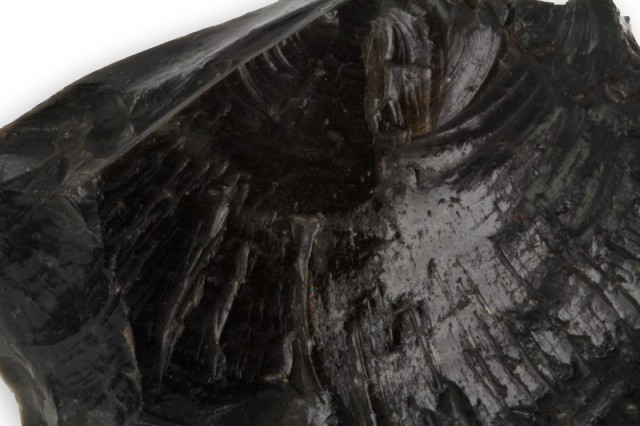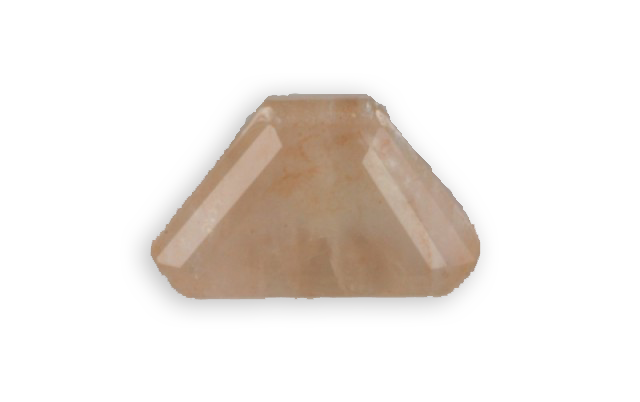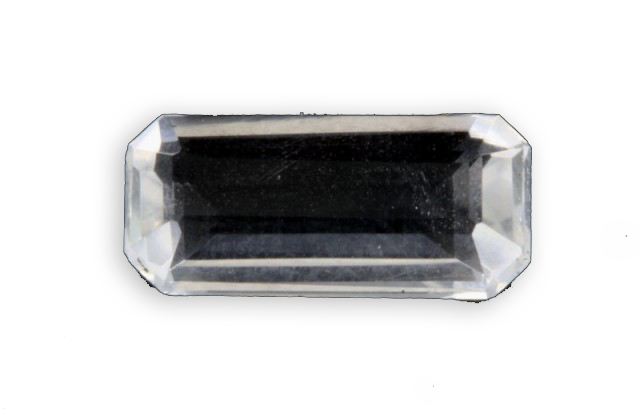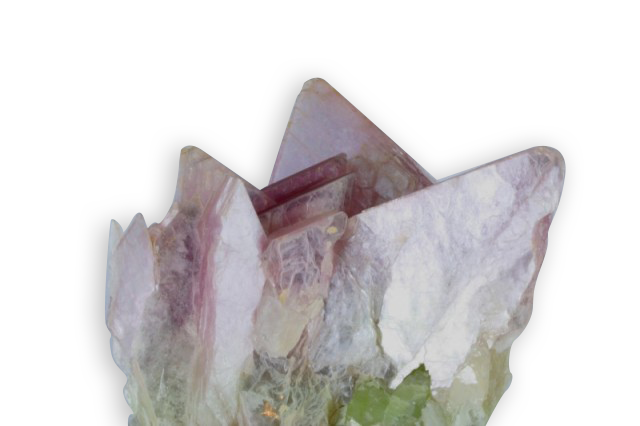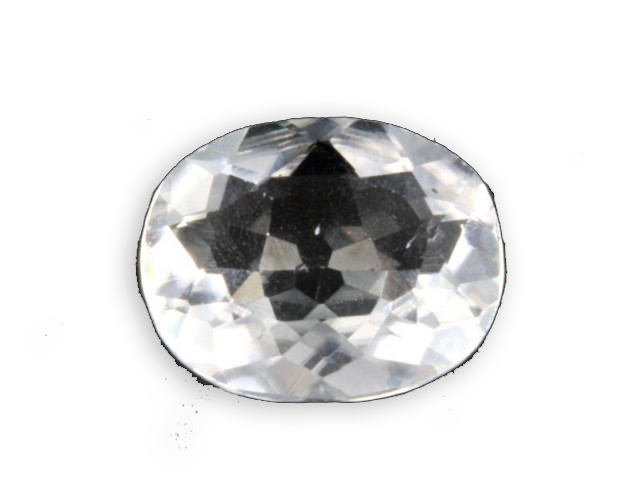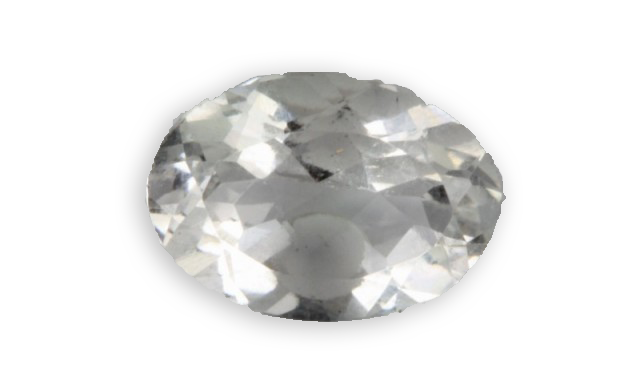
oligoclase
From the family of plagioclase, its name comes from the Greek “oligo”, a little bit, and “klassos” break, because it is a feldspar whose cleavage is more difficult than for others. It is part of the albite-anorthite series. It was identified by Breithaupt in 1826.

